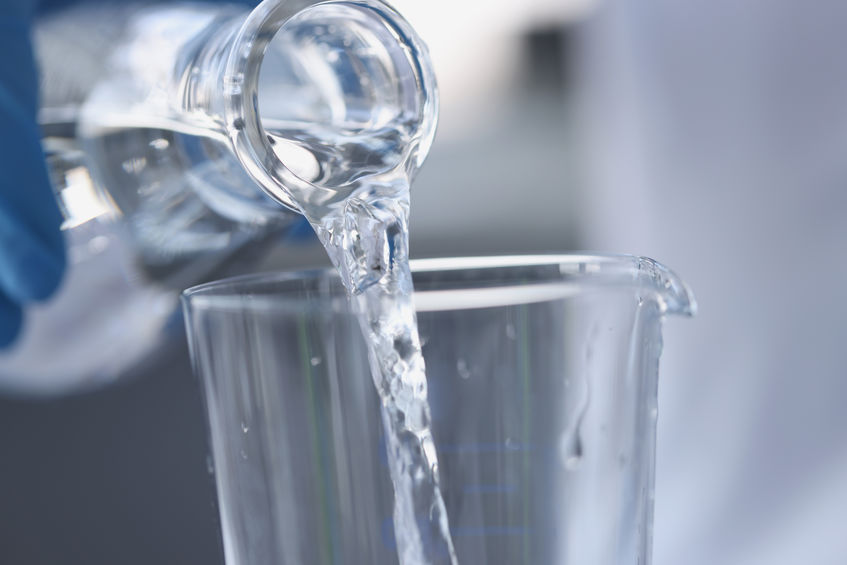Using purified water in settings such as laboratories, medical facilities, and other similar industries that require purified water is critical for a business’s success.
Purified water prevents contamination, protects equipment, and, most importantly, ensures repeatable and predictable test results. If bacteria are present in water, samples may be contaminated, and equipment can be eroded or have water deposits that alter the function of the equipment. To eliminate impurities, reverse osmosis and deionization are two commonly employed methods. While both techniques remove impurities, they do so in distinct ways and offer varying degrees of purity. Deciding which method works best for your organization depends on how your company will be utilizing the water.
What is reverse osmosis? The process of osmosis involves the movement of molecules from a weaker-concentrated solution to a stronger-concentrated solution across a membrane until the concentration in both solutions is equal. Reverse osmosis is similar to osmosis, but it involves applying greater pressure to move water molecules from the stronger, contaminated solution to the weaker solution, which is pure.
What does reverse osmosis remove from water? This method removes evident contaminants like sediments and large visible materials, but most importantly, it removes substances that have dissolved into the water. This purification process provides 90 to 99 percent purity and can be an inexpensive option as the membrane can often last years before being replaced with proper pretreatment. However, the purity level is considered too low for many tasks in the laboratory or medical setting. This makes water that has undergone reverse osmosis more appropriate for general duties that don’t require such a high level of purity.
What is deionized water? Deionized water is a form of purified water that is free of charged ions. The presence of these ions in regular tap water can come from various sources such as minerals, pollutants, and dissolved gases. These ions can negatively impact the results of experiments, equipment performance, and the substances being used.
How is deionized water created? Through the process of deionization, ions are removed from the water. Cation and Anion resins are used to exchange positive and negative ions, giving off a one Hydroxyl atom and one Hydrogen atom, when mixed becomes H2O. As a result, this high-quality, ion-free water is suitable for research purposes or high-level pure water activities.
Which process is best for your business? Selecting the right type of pure water for your industry can be quite a complicated task. Although reverse osmosis and deionized water both produce high levels of pure water, the choice ultimately depends on the intended use of the water in your industry. Deionized water and reverse osmosis technologies can even be combined to provide a very powerful, pure water system for particular end users. Therefore, to ensure that your business complies with industry standards and produces high-quality products, it is vital to select the right solution and system that best suits your needs. It is extremely helpful to have a Neu-Ion representative by your side to assist you in identifying high-purity water applications that are relevant to your business. This will allow you to make an informed decision that is tailored to your entire organization’s needs. Fortunately for you, Neu-Ion offers free 30-minute consultations to evaluate your purified water needs! Contact us today to schedule!
Reverse osmosis vs. deionized water: What’s the difference?
